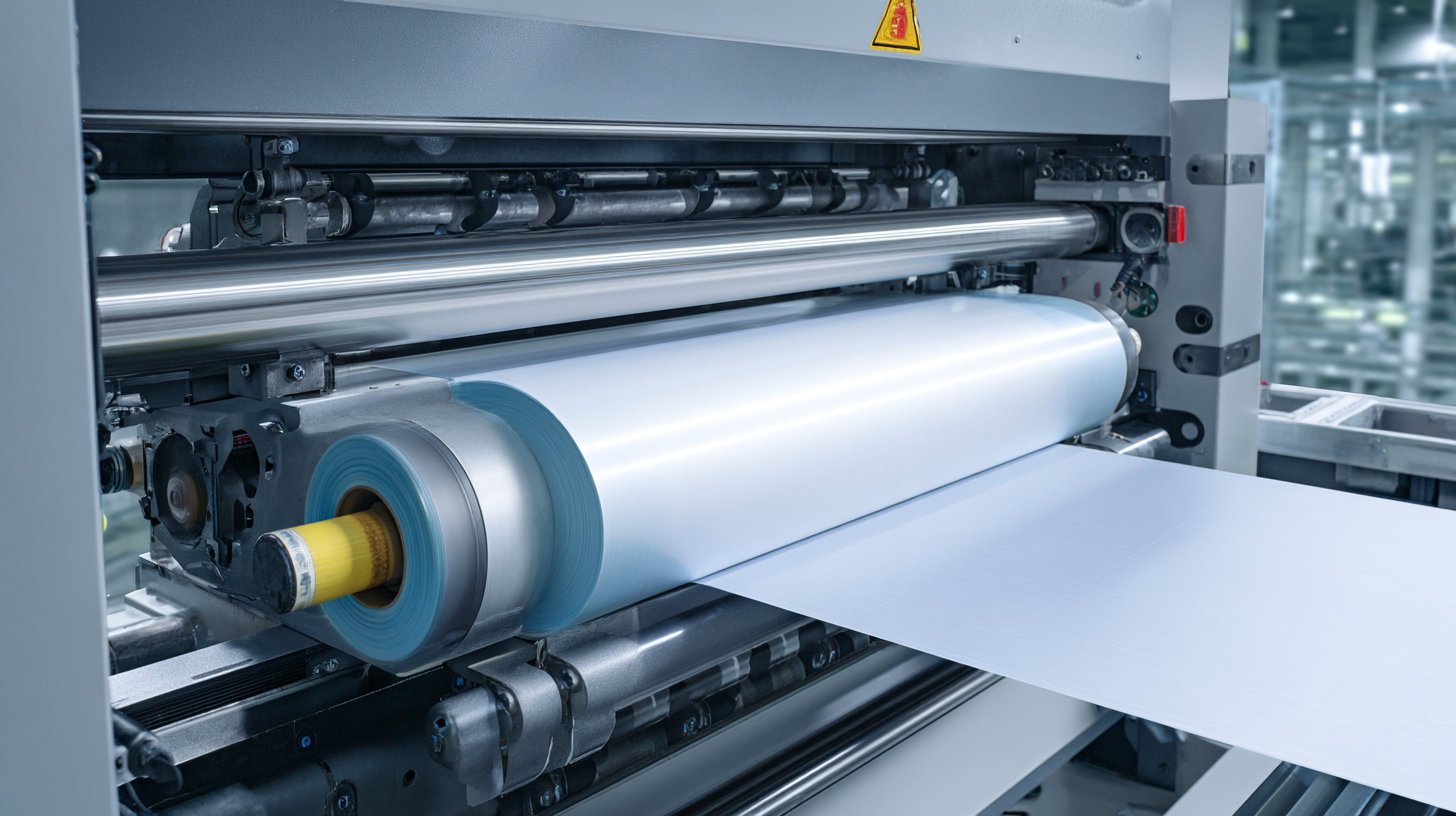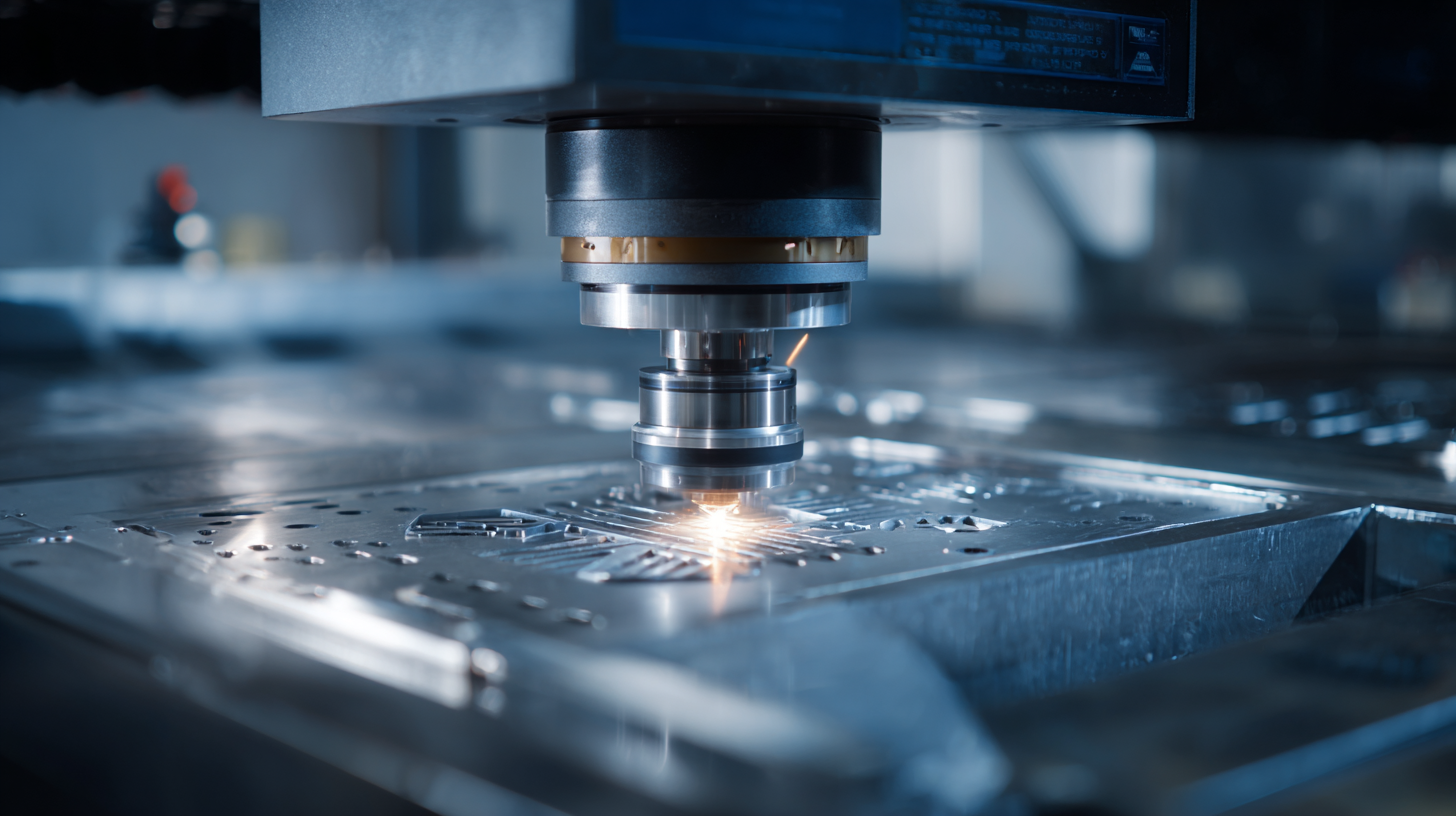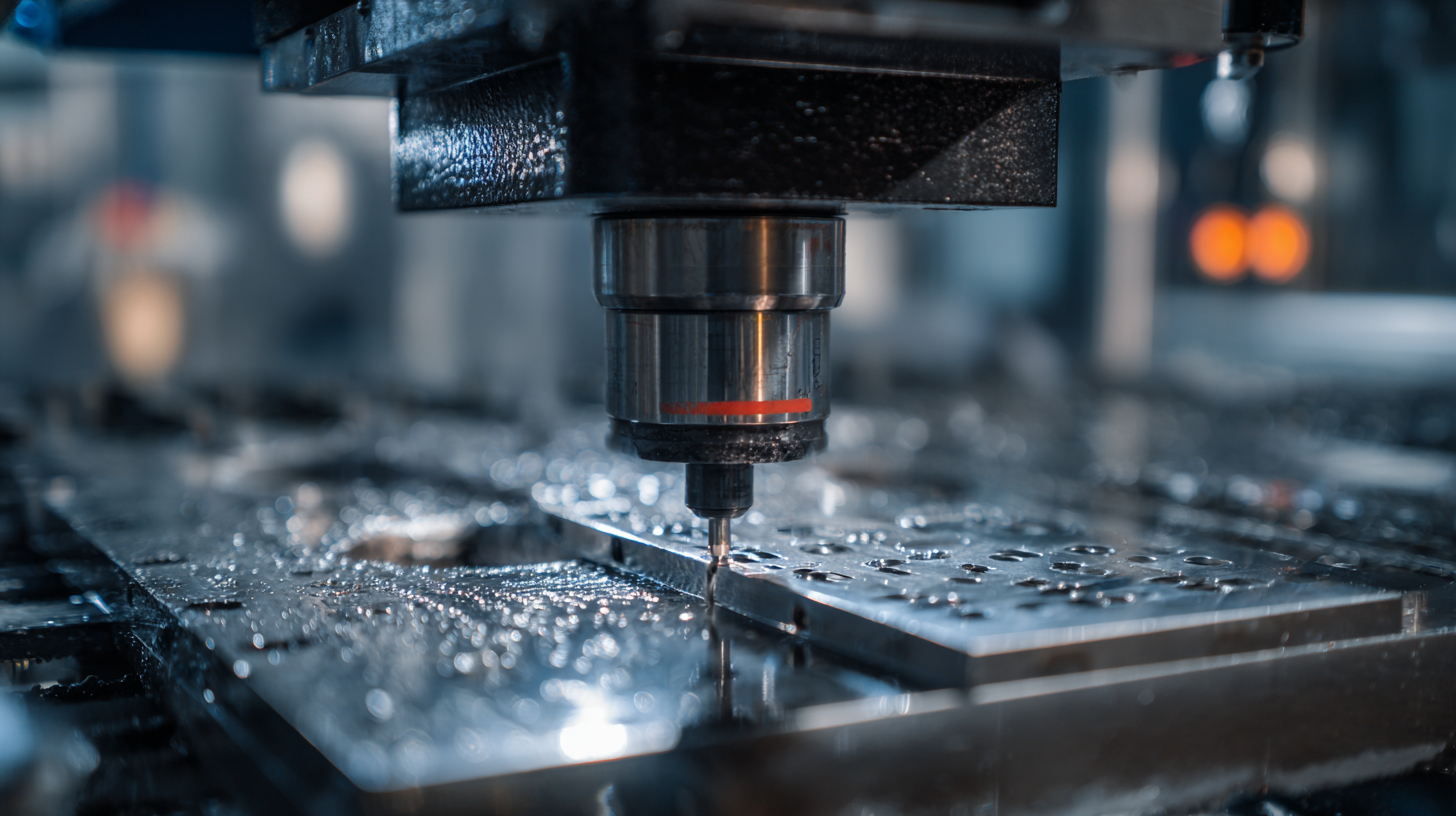
As industries continue to evolve, the demand for high-quality coating solutions is more pressing than ever. According to a recent report by MarketsandMarkets, the global coating equipment market is projected to reach $26.5 billion by 2025, driven by advancements in technology and increased automation. Among the innovations leading this transformation is the Comma Doctor Blade Coating Machine, which offers precise control and uniform application, vital for various applications ranging from automotive to electronics. This machine not only enhances efficiency but also enables manufacturers to meet the stringent quality requirements set by ever-evolving industry standards. As we look towards the future, understanding the potential of advanced coating techniques is critical for businesses aiming to maintain a competitive edge in the market.

Emerging coating technologies are set to play a pivotal role in addressing the growing demands of various industries by 2025. The global MRO protective coatings market is on track to reach approximately USD 8.72 billion, driven by an increasing need for infrastructure maintenance. This trend reflects a broader shift towards protective solutions that enhance the longevity and safety of industrial assets. Similarly, the industrial floor coating market is expected to grow significantly, from USD 7.03 billion in 2025 to USD 10.43 billion by 2033, showcasing a robust CAGR fueled by the resurgence in manufacturing and processing sectors.
Tips: Businesses should consider investing in innovative coating solutions that not only enhance durability but are also eco-friendly. Exploring high-performance ceramic coatings is advisable, as these are designed to withstand harsh environments and offer excellent chemical resistance, making them suitable for diverse applications. Additionally, the growth of the wood coatings market, anticipated at a CAGR of 6.2%, highlights the importance of tailoring coating solutions to specific materials and applications to meet the customers’ evolving needs.
As industries continue to expand and evolve, the demand for advanced coating technologies will be crucial. Investing in research and development of cutting-edge coatings, such as diamond coatings and acrylic coatings, promises to unlock new opportunities for manufacturers looking to stay competitive in a rapidly changing market.
| Coating Technology | Description | Key Benefits | Expected Adoption Rate (Approx.) | Industry Applications |
|---|---|---|---|---|
| Nano-Coatings | Thin film coatings using nanotechnology for enhanced performance. | Improved durability, resistance to corrosion, and self-cleaning properties. | 70% | Electronics, Automotive, Aerospace |
| Thermal Spray Coatings | Process of spraying molten material onto a surface to form a coating. | High wear resistance, thermal insulation, and protection against oxidation. | 60% | Oil & Gas, Power Generation, Manufacturing |
| Electrocoat (E-Coat) | Electrochemical deposition of a protective layer on metal surfaces. | Uniform coating, excellent corrosion resistance, and minimal VOC emissions. | 75% | Automotive, Appliances, Structural Components |
| Bio-Coatings | Coatings derived from natural materials aimed at sustainability. | Environmentally friendly, biodegradable, and reduce carbon footprint. | 50% | Food Packaging, Medical Devices, Consumer Goods |
| Smart Coatings | Coatings that can change properties in response to environmental stimuli. | Adaptive performance, energy savings, and real-time monitoring. | 65% | Construction, Electronics, Healthcare |
The environmental impact of traditional coating methods has become a significant concern as industries seek more sustainable practices. In 2023, the sodium carbonate market was valued at $748.8 million, with projections indicating growth to $784.4 million in 2024, culminating in a staggering $1.138 billion by 2031, reflecting a compound annual growth rate (CAGR) of 5.46%. This growth is driven by the increasing demand for eco-friendly materials and methods that reduce environmental degradation associated with conventional coatings.
The shift towards innovative coating techniques is crucial not only for environmental preservation but also for enhancing productivity in the coatings sector. According to recent market analyses, the global laser cleaning market was valued at $660 million in 2023, with expectations to reach $1.15 billion by 2032, translating to a CAGR of 6.36%. As companies pivot from traditional methods to advanced technologies like laser cleaning, they not only meet the regulatory demands for greener operations but also improve the efficiency and effectiveness of the coating processes, thereby setting a new standard for the industry.
The future of industrial coating solutions is being reshaped by innovative materials that enhance efficiency and performance. According to a recent report by MarketsandMarkets, the global advanced coating market is projected to reach $180 billion by 2025, growing at a CAGR of 6.5%. This growth is driven by the increasing demand for high-performance coatings that meet stringent regulatory standards without compromising quality. New materials such as nanomaterials and bio-based polymers are leading this charge, offering properties that extend the lifespan of coatings and improve environmental sustainability.
Moreover, the integration of smart coatings is set to revolutionize various industries, from automotive to aerospace. These coatings can self-heal, change color, or respond to environmental stimuli, providing not only functional benefits but also enhanced aesthetic appeal. Research from Technavio suggests that the smart coatings market is expected to grow by 54% between 2021 and 2025, highlighting their potential to transform traditional coating processes. By harnessing these innovative materials, industries can not only optimize their production efficiency but also reduce long-term maintenance costs, signaling a promising trajectory for coating technologies in the years to come.
This chart displays the emerging innovative materials in coating techniques projected for 2025, highlighting their efficiency ratings and expected adoption rates within the industry.
As industries eagerly embrace new coating techniques, scaling these innovations for widespread application presents numerous challenges. One of the primary hurdles is the need for consistent quality control. Ensuring that these advanced coatings maintain their properties across large production runs is essential; variability can lead to performance issues and increased costs. Implementing robust testing protocols and integrating advanced monitoring technologies throughout the production process can help mitigate these concerns, but they require investment and time.
Another significant challenge is the adaptation of existing manufacturing processes. Many industries have established protocols that may not easily accommodate the latest coating technologies. Companies must invest in research and development to create synergistic approaches that integrate new methods without disrupting the efficiency of current operations. Additionally, workforce training is crucial to equip employees with the skills needed to manage and utilize these innovative techniques effectively, ensuring that the promise of enhanced performance and sustainability is fully realized.

As we look towards 2025 and beyond, the coating industry is poised for transformative innovations that will redefine its market landscape. The push for sustainability and efficiency is steering companies to adopt advanced technologies such as nanocoatings and bio-based materials. These innovations not only enhance the functional properties of coatings, like resistance to wear and corrosion, but also minimize the environmental impact, aligning with global efforts towards greener manufacturing practices.

Furthermore, the integration of smart coatings, which respond to environmental changes, is predicted to become a significant trend. These coatings, embedded with sensors, will monitor and provide real-time data on their performance. This capability will revolutionize maintenance schedules, reducing downtime and extending the lifespan of coated surfaces. As industries increasingly embrace automation and Industry 4.0 principles, the demand for intelligent coating solutions is expected to surge, setting the stage for a dynamic decade in coating technology.